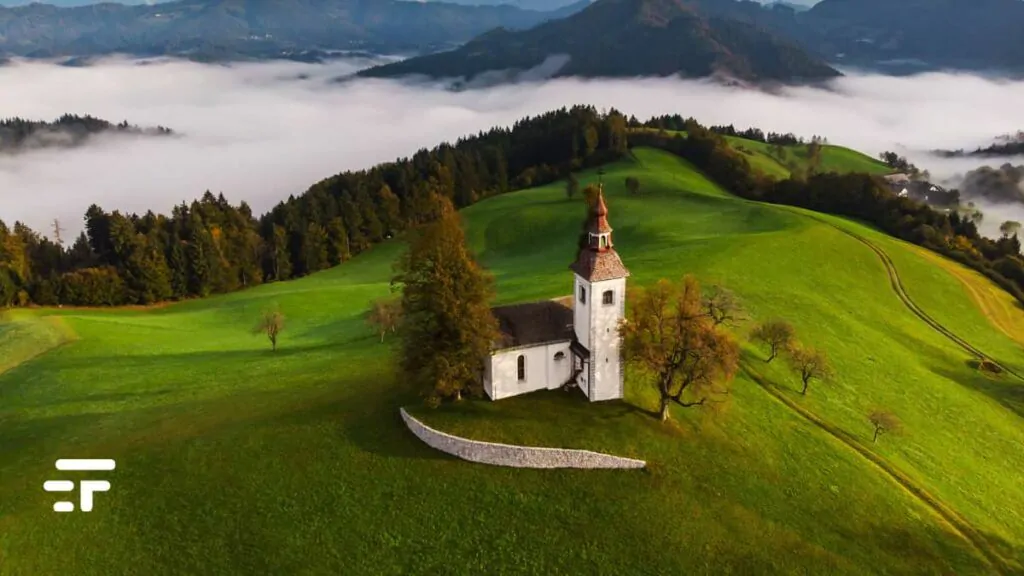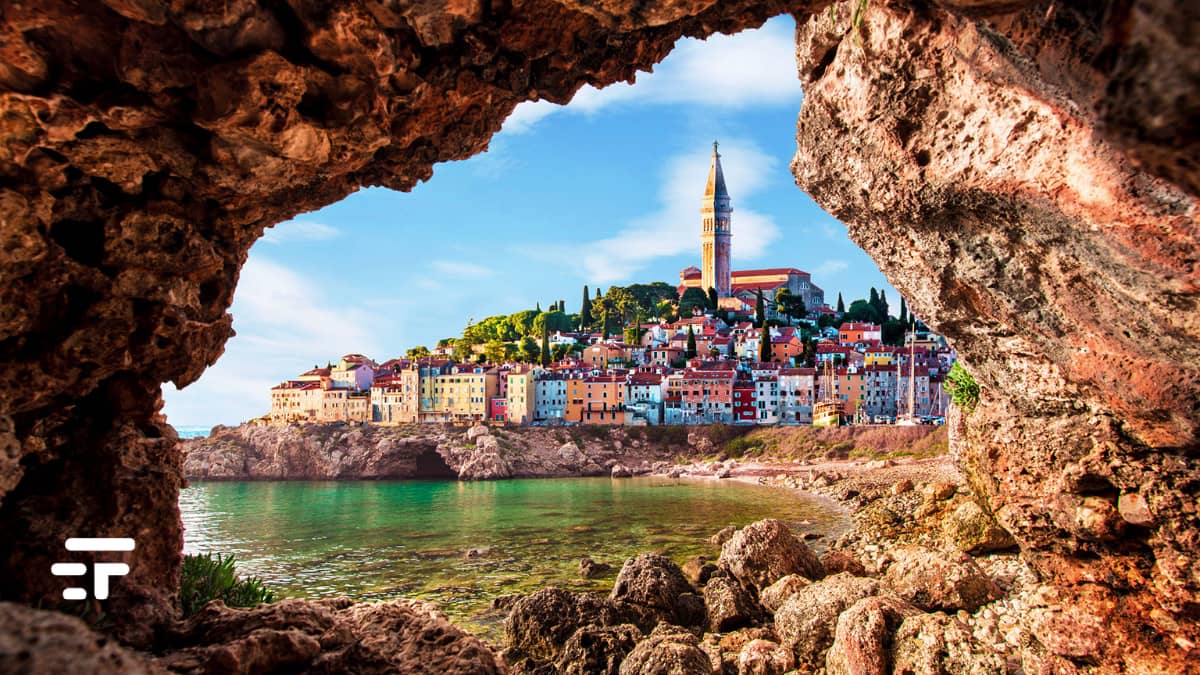Aaah, Slovenia! A jewel set in the heart of Europe, with an incredibly varied landscape and a rich cultural heritage. Have you ever been there? Tourism in Slovenia is becoming increasingly popular in recent years, with an increasing focus on sustainable practices.
Without talking too long about its mix of past and future, Ljubljana has a totally car-free historic centre, served by electric shuttles: a solution that meets the internal needs of one of the youngest populations on the entire continent (Slovenia, to be clear, it has an average age 4 years younger than the Italian one).
And outward? The "futuristic" and sustainable choices aimed abroad all aim at the development of streamlined and intelligent tourism. And it works.
Slovenia, three kisses to the future
Do you want some examples of interesting, intelligent and stimulating initiatives that make Slovenia an excellent "prospect" for tourism in the near future? As the late Mike Bongiorno would say, “I've had enough”.

Rural tourism
Ok the museums and art galleries, ok the particularly lively nightlife, ok the medieval castles which offer breathtaking panoramic views of the valleys of this splendid country. But there are also those who want to travel through time and space in the name of simplicity. And then there is room for rural tourism, for which Slovenia has become a true "leader" throughout Europe. Imagine itineraries that do not touch the big cities, but allow tourists (even and above all with excursions on foot or by bicycle), to immerse themselves in the realities of small villages. Places where you can enjoy a more relaxed pace and truly rest, or you can dive straight into the past. One place above all? Logarska valley, a spectacular valley in the heart of the Slovenian Alps. To be traveled, but what am I saying: to be sipped.

Electronic Vignette
If you enter Slovenia with a car, camper or vehicle with a maximum authorized mass of up to 3.500 kilos, you must have a permit, called a "Slovenian vignette", which allows you to cross the entire road network of the country for a defined time. (monthly or annually depending on the cost). Or perhaps I should say “you should have had a badge”. Yes, because with a provision that went somewhat unnoticed in the European media (implemented in the midst of Covid, on 1 December 2021), the cartoon is no longer printed in Slovenia. Goodbye sticker on the windshield, in short: the official vignette for Slovenia it's just electronic. And in fact it's called "e-vignette", it can be done online from any country and you never think about it again. In times of useless rearguards and (still too much) bureaucracy this is no small thing.


Apitourism
You read it right, it's not "Agriturismo". Slovenia has a long tradition of beekeeping and the tourism sector has decided to exploit this resource by offering visitors the opportunity to experience an amazing world, and the benefits it brings. Smart move, when you consider that the country has an ideal climate for beekeeping, with a wide variety of flowers and plants that provide nourishment for bees. And it is famous forcarnic bee, a subspecies native to the region and bred with great satisfaction by Slovenian beekeepers. It's not just a question of tasting honey: it's a cultural question. Slovenia has built part of its history on bee breeding: take the panjska končnice, for example (you see them in the photo). These are wooden tablets that are placed to close the hives to recognize the different bee colonies. They are considered a folk art form, and decorated in a creative and distinctive way.
Slovenia, the planet you don't expect
In summary? Many beautiful things. Whether it's saving on time and trees by eliminating stickers and paper, or reducing emissions and private transport in favor of public transport. Or to rediscover cycle tourism outside the traditional itineraries, skipping the clogged cities. Or even to defend a threatened species with drawn sword, exalting beekeeping as an expression of a country's identity. In each, and in other characteristics of Slovenia, there is reason for reflection for the future. And it is right before the eyes of all of Europe.
Starting from Ljubljana, the capital of which I told you in this post: Lonely Planet guides define it as "one of the greenest and most livable capitals in Europe". And he's right. I said it was a gem, right?


